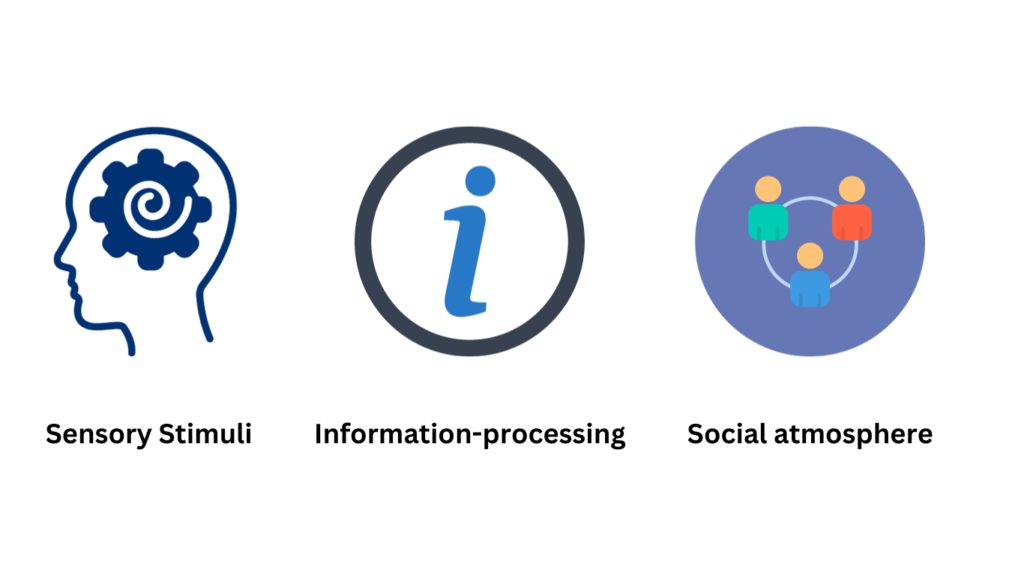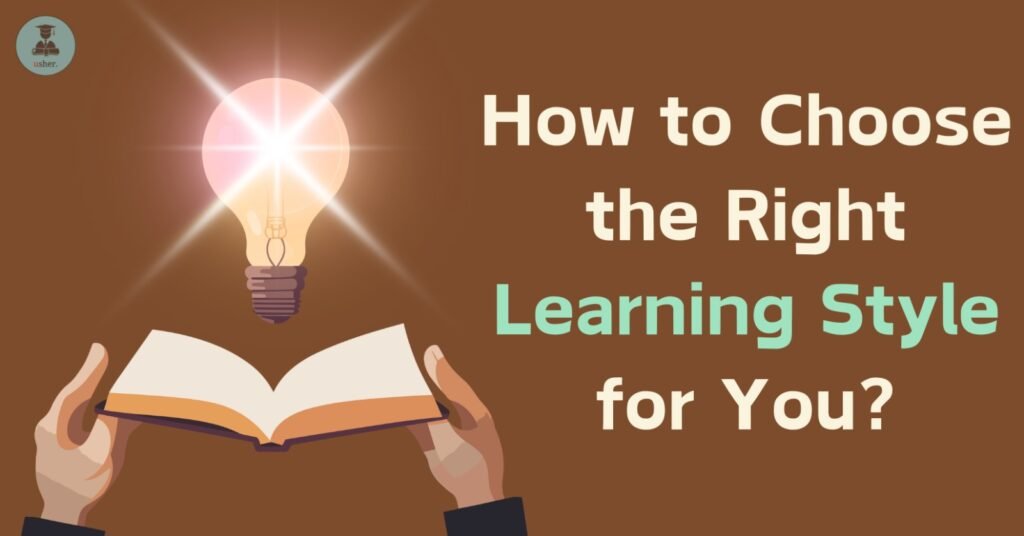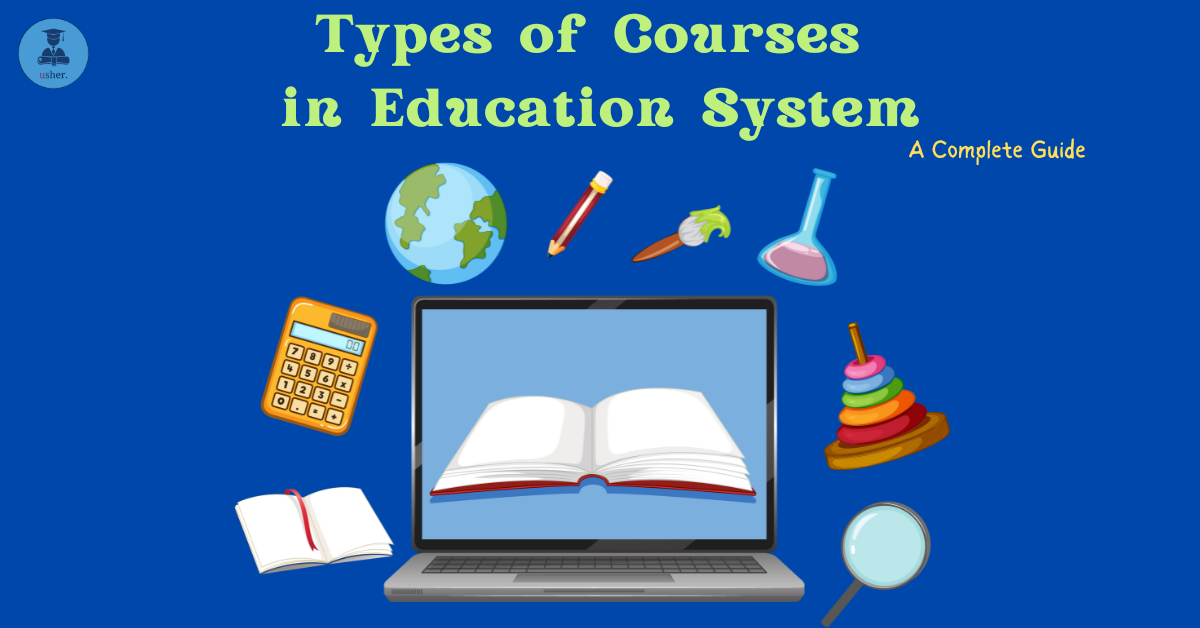Study. Learn. Grasp. Prepare.
Does it not feel draining sometimes?
Do you ever wonder how my friends are able to grasp concepts with such ease but not me? Indeed, such questions can often be detrimental to a student’s morale and self-esteem
This makes it even more important for students to understand and explore the plethora of learning styles that are out there, and finally, choosing what works the best for them!
What are Learning Styles?
In simple terms, learning styles are different methods that are employed in the learning of information and grasping of concepts in the process of studying.
Every child is unique with individual strengths and weaknesses, thus, there are varieties of learning styles to best cater to every student’s unique traits and capabilities.
Learning styles contribute to an inclusive form of education that accommodates the diverse ways in which students absorb, analyze, process and retain information.
And so, various learning styles are based on these diverse methods of absorbing information as per the unique preferences and abilities of each student.
Exploring the various learning styles can help a student to figure out what works the best for them, thus, leading to better academic outcomes. Let us further explore the arena of learning styles, its effectiveness and how to naturally adopt them into your study regime.
Importance of Learning Styles
Learning styles are crucial in shaping a student’s course of action when it comes to academics. Understanding a student’s learning style helps in making the student excel in their academic pursuits by providing strategies and methods that are personalized to the student’s ability and preferences. Learning styles are indeed incredibly effective because of their ability to accommodate different and varying thinking styles.
Thus, many factors contribute to the importance of employing learning styles in education. Let us discuss a few of them here.
Respecting diversity in Students
Learning styles recognise the need to introduce a multi-layered approach to the process of studying instead of making the process of learning a boring and exclusive one. It respects and accommodates the uniqueness of every student by trying to recognise their individualistic thinking styles, strengths and abilities and providing studying methods that are best suited to these factors.
Personalized Strategies
Recognition of diversity in the learners, helps in the engineering of diverse methods and studying strategies that work according to the individual. Students can be guided to strategies and methods of studying that meet their preferences and therefore, making the process of learning much more enjoyable.
Better Engagement and Increased Interest
Personalized Strategies and learning patterns are catered to the individual needs of each student, it works towards making studying more enjoyable – thus, increasing engagement and interest of the student in learning. When students are able to retain information well and find the material relevant to their interests and engaging, they are more likely to not stray away from studying. This helps in increasing participation in studying at great levels.
Reduced Stress, Better Morale
The use of appropriate and effective study techniques and styles help in reducing stress among students by providing methods of learning that are best suited to their mental capabilities. They are thus able to engage with their study materials and enjoy their studying process rather than finding it to be a burden or a chore.
Students often find studies to be something that is unnecessarily imposed upon them. Appropriate learning styles make the journey of studying to getting good results an efficient, flexible and relatively easy one, thus, keeping the morale high. This helps the student to remain motivated throughout the process, without having their self-esteem impacted negatively.
Enhanced information retention and memorization
Since learning styles employ strategies personalized to the needs and abilities of each student, therefore, it also aligns with the way their brains absorb information. This contributes immensely to the studying process by making studying feel like a breeze!
Time management
Time management is an incredibly important skill in itself, it contributes greatly to the studying pattern of the student. It can be incorporated alongside learning styles or can be enhanced through the use of learning style.
Learning styles go hand-in-hand with well organized time management. Students do not have to go back and forth over the same topics, and can easily absorb information, thanks to their personalized learning style. This in turn, makes it easier for a student to manage their time, thus, preventing any pressure from narrow deadlines.
Self-moderated learning
Learning styles empower a student to be independent and self-reliant when it comes to the shaping of their academic pursuits.
They are able to identify and explore their strengths and weaknesses and apply strategies accordingly. Understanding one’s flaws and strengths, helps in self-introspection that can yield better results in the academic process as a whole.
Students are able to take control of their learning process and therefore, are able to be more confident in their academic abilities. This leads to increased motivation and perseverance.
Increased adaptability to learning processes
Learning styles motivate students to explore various ways of studying diverse subjects. This results in increased adaptability to diverse learning patterns that can be employed to diverse subjects and disciplines.
As we know, every subject is vastly different in its source and material– therefore, this engages the student in experimenting with various strategies for different subjects, thus, increasing adaptability to learning processes.
From these aforementioned factors, we are able to understand why learning styles are crucial for being applied to your studying process.
From organizing information into easily adaptable forms to the making of a positive studying environment that regulates stress and adds to the promotion of motivation and high morale among students.
Learning styles shape students in ways that help them take charge of their educational endeavors in the best ways possible.
Now, let us take a look at the various learning styles available and the ways to employ them in your learning process.
Types of Learning Styles and how to utilise them
For every student with their own unique quirks and temperaments, there exists a learning style that fits them the best. This is exactly why there is a diverse plethora of learning styles to choose from, and we shall take a deeper dive at it.

Learning styles based on sensory/stimuli modalities
These are learning styles that are best targeted to the effective sensory appraisal of information.
- Visual Learning: This learning style is ideal for students who rely on their visual senses to process and absorb information. Use of charts, graphs, videos, tutorials, pictures and diagrams and tables are effective ways of employing this learning style. This helps those greatly who are benefited by learning and memorizing using the visual sensory stimuli.
- Auditory learning: Beneficial for those students who are well adept at understanding audio cues and can retain information from listening and hearing. This method works well for those who benefit from hearing and verbal communication and it can be employed by the usage of educational podcasts, speaking circles, audio lectures, casual conversation, audio based study materials and by reading information out loud while studying.
- Physical/Kinesthetic Learning: Usually helpful for the learning process of toddlers and young children. This method emphasizes on learning with hands-on experience and practical/physical exercises, games and mind stimulating activities.
Learning styles based on information processing preference
These learning styles are focussed on the empowering of effective usage of information processing by providing alternatives that suit the diverse preferences of students as per their mental abilities.
- Learn with writing and reading: This learning style employs methods of writing information down consistently, helps in memorizing and organizing information – for those who might find excess information to be overstimulating and difficult to organize in their heads. This style puts emphasis on note-taking, consistent reading and written practice. This is extremely beneficial for those who benefit from written explanations. This learning style is ideal for studying subjects like literature and learning the nuances of a language as well as gaining proficiency in a linguistic subject.
- Analytical learning: Puts focus on logical reasoning, critical thinking and understanding of concepts to understand the information, therefore, not simply focusing on memorizing. This style puts emphasis on logical reasoning and problem solving approaches to learn and grasp root concepts. Helpful for those students who are interested or are weak in subjects like Mathematics, Science, Statistics and other analytical subjects.
- Sequential learning:This style introduces a step by step learning process with well organized information and gradual learning. Students are expected to learn with well organized, sequential information either organized chronologically or based on types/nature of the information/event. This method is helpful in covering subjects with vast syllabus and empirical data and real life events and dates. Ideal for studying subjects within social sciences and humanities such as history, political science, psychology and others.
- Holistic/Global learning: This learning style focuses on the bigger picture and pattern of studies rather than putting pressure on the little details of studies. This style solely focuses on overall learning and growth of the student rather than academics alone. This style puts emphasis on developing the student in academic, co curricular as well as practical skills.
Learning styles based on Social atmosphere
- Social learning/group study: This learning style is best suited for students who benefit from studying in group settings such as study circles, classrooms and group discussions. This style focuses on mutual collaboration and sharing of information and knowledge through conversation and mutual activity in a shared, collaborative space. This learning style is rooted in Peer-based learning.
- Solitary or Individual/Isolated learning/self study: This learning style is beneficial for students who prefer a quieter atmosphere and individual and personal space for concentration and adaptation of information. This is well suited for students who benefit from studying at their own pace and in a peaceful and silent environment, away from any potential distractions. This learning style is rooted in Independent study focused on the self management of one’s progress.
How to choose the ideal learning style for you
If you wish to delve deeper into the world of new and exciting learning styles, then it’s time to start exploring, observing and being curious!
Self-introspection
To discover the learning style that works the best for you, it is required to be open to a wide variety of choices and understand what options and alternatives you have in front of you. ( And that is why, we’re providing you this ultimate guide!)
Once you are aware of these diverse range of learning styles, you can start observing what your strongest points are when you study while simultaneously also keeping a track of where you lack or might be slow at.
Exploration and Experimenting
As curious minds, you need to get into action and try out the various learning styles that we have just discussed about. Give yourself time and try out diverse methods and strategies by integrating them into your study routine. Observe, reflect and analyze what works the best for you. Keep a track of your concentration levels, your brain activity, your ability to grasp and retain information with each style you experiment with!
Self-assessment Tools
In case you are having difficulty with keeping a track of your observations while studying or if you are struggling with figuring things out by yourself then you can always rely on online quizzes and self-assessment tools to guide you! These tools will provide you with a set of questions to help you discover your ideal learning style and subsequent studying strategies that are well designed for your thinking pattern.
Once you’ve identified both your strong and weak points, you can start applying these learning styles accordingly!
Combination of Learning Styles
Since we have discussed the various learning styles and how to discover your own, it is also crucial to note that these learning styles do not have to be practiced in isolation.
Applying a combination of learning styles can benefit learners in diverse ways. It is important to recognise that not every learning style might be the most appropriate for every subject. There are certain learning styles that are more effective for certain subjects than the other.
This is where the combination of learning styles takes the central stage.
Students are highly encouraged to experiment, explore and learn from trial and error when it comes to figuring out what works the best for them. Learning styles add a fluidity to a study regime that otherwise may seem too rigid. This fluidity and flexibility empowers students to use combinations of different techniques in a multi-disciplinary curriculum and leverage it for their ultimate academic benefit.
For example, a student can simultaneously employ social as well as solitary learning to reap the benefits of both the styles, moreover, a student can apply sequential learning for absorbing information related to vast subjects such as history while using analytical learning for subjects like Mathematics.
Using learning styles in combination helps a student to effectively study diverse subjects simultaneously in a multi-disciplinary curriculum to come out with flying colours in their academic assessments and examinations.
With this, it is with no doubt that you will excel in your academic pursuits. With perseverance and the right knowledge, success isn’t far. And we are here to be the guides. These learning styles and their apt use can bring in fruitful results and no ounce of your effort would ever go to waste again.
All the very best!




